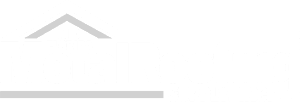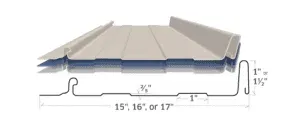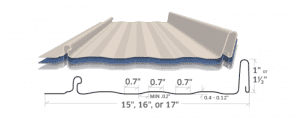Metal Roofing – What’s Your Style?
Your roof is a major part of your home’s curb appeal. Metal roofing offers styles and color options no shingle roof can match. As metal roofing gains popularity with homeowners, one question come to mind; What’s your style?
Metal roofing has transformed over the years and there are more style and color options than ever before. From the economical Multi-Rib with exposed fasteners to the high end, sleek look of the Standing Seam panels; there’s a style for everyone. There are even metal panels that mirror the look of tile roofing!
With all these options, it can be difficult to choose, so let’s break these panel profiles down a bit..
Exposed Fasteners
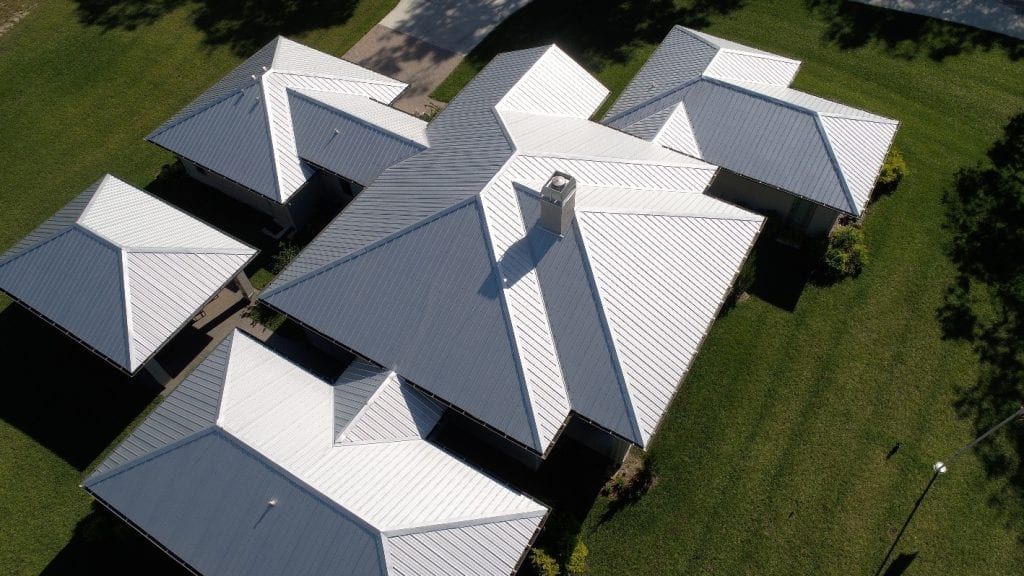
A beautiful display of our Multi-Rib Panel (shown above)
Panel systems with exposed fasteners offer homeowners all the benefits of metal roofing, without breaking the bank. These panel systems still offer a wide variety of styles and colors. The styles of exposed fastener panels manufactured at Mid-Florida Metal Roofing are Multi-Rib, PBR, and 5V Crimp.
Multi-Rib/Ag Panel
The Multi-Rib or AG panel is the most economical and probably the most common exposed fastener system. This residential panel offers 36” of coverage and is available in 12+ colors. It is also available in two different thicknesses; 26-gauge and 29-gauge. Multi-Rib can be used for virtually any application (over open framing, over plywood decking or over existing shingles).
PBR and R Panel
Our PBR and R panel is similar to that of the Multi-Rib, however the PBR panels are used for commercial building applications. These panels are engineered to be used over open purlins. The PBR and R panels are virtually identical except for one factor, the purlin bearing leg.
The PBR panel is considered the roof panel as the R panels are generally used for the wall panels. PBR is readily available at Mid-Florida Metal Roofing Supply in 26-gauge but can be ordered in thicker gauges as well. PBR panels are available in Galvalume or Polar White, as the R panels have 10+ color options.
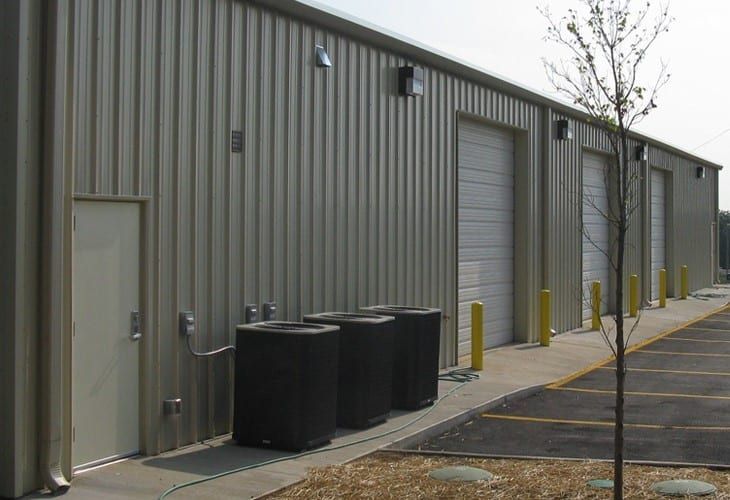
5V Crimp Panel
The 5V Crimp or “Key West Style” panel is the second residential exposed fastener option. This style of metal roofing is popular off the coasts of Florida but becoming more prevalent throughout the state. The 5V Crimp panel has a coverage of 24”, is available in about 15 colors and composed of 26-gauge material. 5V is also available in 24-gauge material or aluminum by special order.
For those that think Multi-Rib panels show too many lines or ribs, the 5V is an excellent second with its flat rib spacing of 12”.
Hidden Fastener
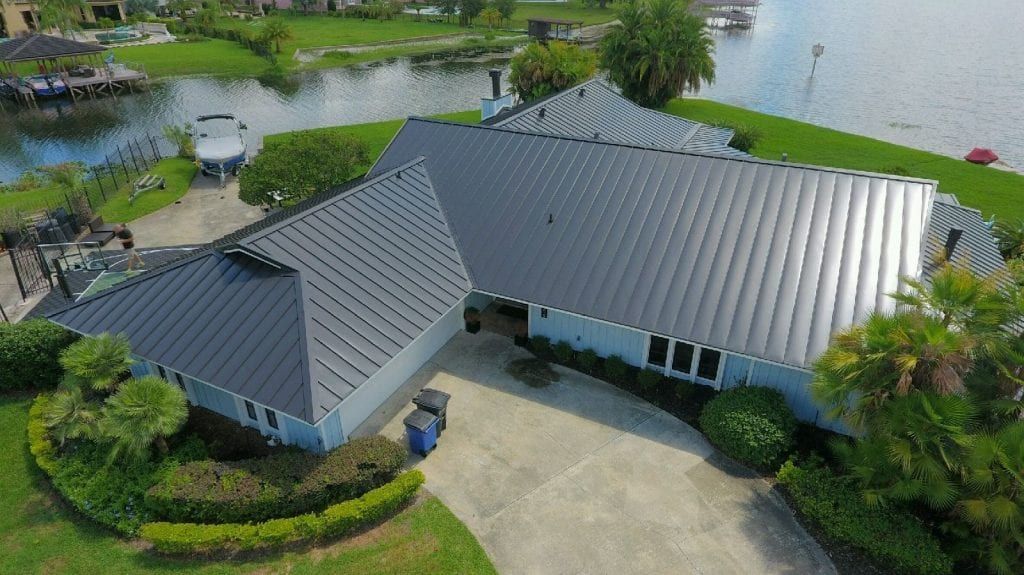
Standing Seam Panel
If you are looking for the top of the line material in metal roofing, the Standing Seam panel is it. This panel system comes in the widest array of colors and finishes (over 30 color options!) featuring interlocking seams that connect the panels to provide clean lines and a distinct appearance.
Standing Seam panel systems are produced in 24-gauge material (also available in aluminum by special order) and are available in different striations. (See below as follows: Flat, 2 Ribs, or Wavy)
Specialty Panels
Do you have a panel system in mind that you didn’t see discussed here? No worries, we can special order various corrugated panels, Permatile style panels and more. Contact us today for pricing!
Financing Now Available!
We can help you with financing all your metal roofing needs including the metal roof panels, accessories, flashing, screws, rivets, sealants and more. The only thing we don’t supply is the labor (contractor bundles coming soon). Through our lender, EnerBank, we have two affordable payment options for you!
It’s quick and easy to apply. Complete your home improvement project now instead of later! You’ll receive a credit decision in seconds. EnerBank will send you the loan documents and Payment Authorization Form for review and signature. Apply today to make your dream roof a reality!

About Mid-Florida Metal Roofing
Mid-Florida Metal Roofing Supply has been in the business for 16 years. MFMRS manufactures a wide variety of metal roofing products including; Multi-Rib (AG), PBR/R, 5V and Standing Seam in a Galvalume mill finish, as well as, a wide variety of colors to meet all your preferences.
We also manufacture an extensive list of flashing profiles to meet any standard or custom application as needed. We specialize in custom profiles serving a wide variety of needs in the construction industry. Our profiles can also be ordered in custom lengths up to 21ft.
We are committed to producing quality products in a timely manner and pride ourselves with friendly personal customer service.
